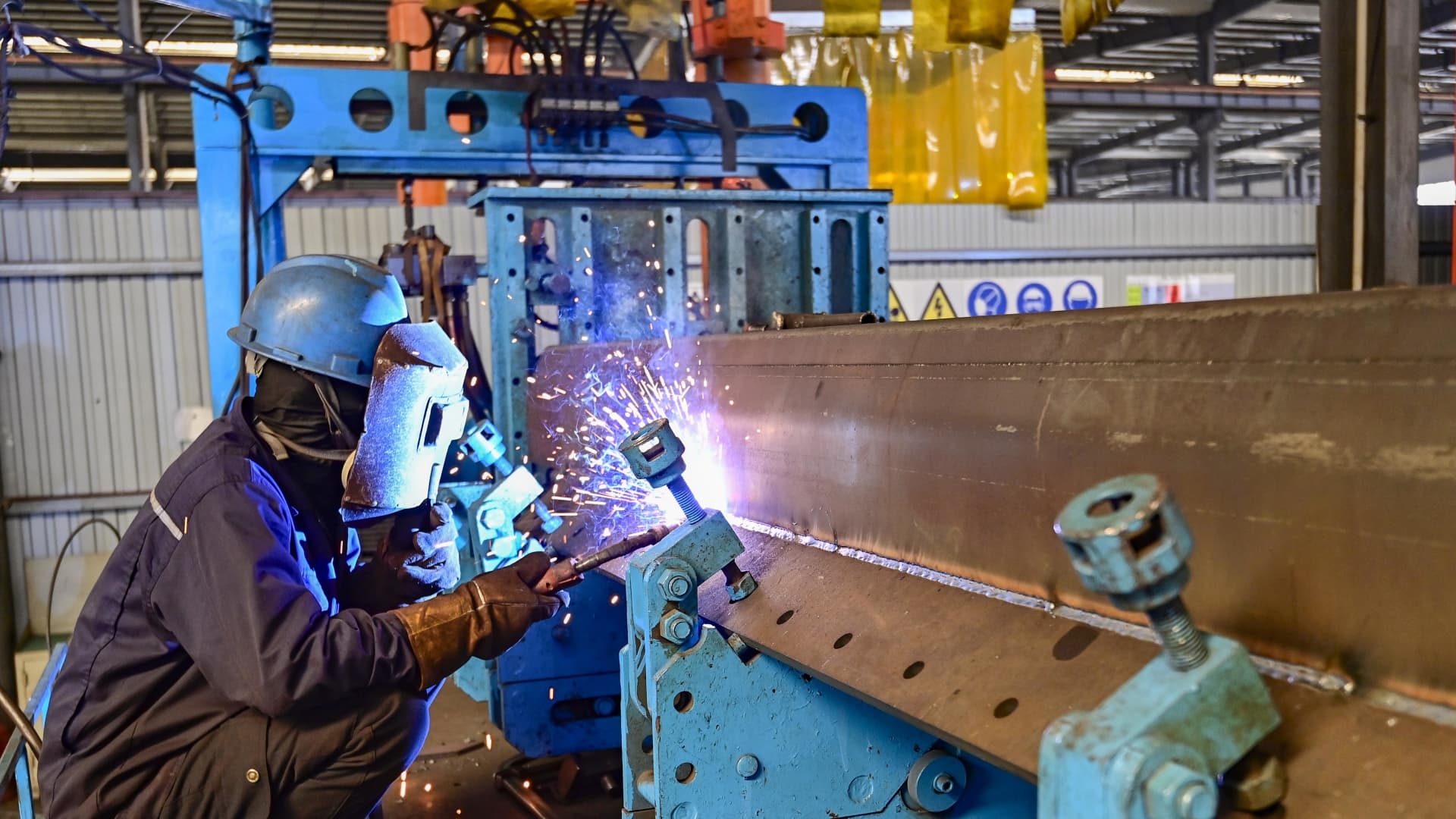India–US Trade Tensions Rise Over Steel and Auto Tariffs NMDC Limited reports a 38% drop in Q4 FY24 consolidated net profit RINL to Raise $23 Million Through Land Sales Amid Crisis

China's industrial data boosted domestic metal stocks yesterday, with Hindustan Copper rising 9% to become the top gainer in the Nifty metal index. Metal stocks surged in the trade on April 1 after economic data from China indicated that the manufacturing sector is seeing a rebound, which may lead to a rise in demand for metals.
Indian metal stocks were seeing a strong upswing. The Nifty metal index jumped 3.4% to a new high. Of its constituents, Hindustan Copper, Welspun Corp, and Vedanta were the top gainers, rising up to 8%. Other noteworthy movers that saw up to 7% increases included JSW Steel, Tata Steel, Welspun Corp, and Vedanta. Adani Enterprises, whose copper plant in Mundra has begun operations, was also up 3%.
China's industrial activity expanded in March for the first time in six months, according to an official factory survey, which set off a global price spike for metals. China, the world's largest producer and user of copper, saw its most-traded May copper contract on the Shanghai Futures Exchange conclude day-time trading 1.1% higher at $10,110.79/MT, following a 5.4% increase in March, the greatest monthly gain in 16 months. This had a positive rub-off impact on Hindustan Copper, which jumped to the day's high of ₹304.
The Nifty Metal index hit a new 52-week high of 8,551.95 on Monday, gaining 4% or 300 points over Thursday’s closing level. State-run NMDC, National Aluminium Company (NALCO), Steel Authority of India (SAIL), Hindustan Zinc, Jindal Stainless, Jindal Steel & Power, Hindalco Industries and Ratnamani Metals & Tubes were up by up to 5% around this time.
The last commodity supercycle was in the mid-2000s, spearheaded by reforms in China, which led to sharply rising prices of iron ore, steel, coal, and natural gas. Another reason for the rise in metal prices is the global infrastructure thrust and increasing defence spending, which has spurred the demand for metals. As the demand for copper, zinc, and lead rises, the supply dries up, causing prices to shoot up.
"The domestic demand for iron ore is expected to move in tandem with infrastructure and construction growth. The domestic steel sector is well-placed compared to its global peers. Similarly, as crude steel capacity inches up to 300 mt by FY30-31, total demand for iron ore would be around 435-445 mt," Motilal Oswal said.
Also Read : NMDC cuts iron ore lump rates by ₹200/tonne and fines by ₹250/tonne Union Budget 2024-25 Slashes Duties, Ignites Stainless-Steel Sector Boost